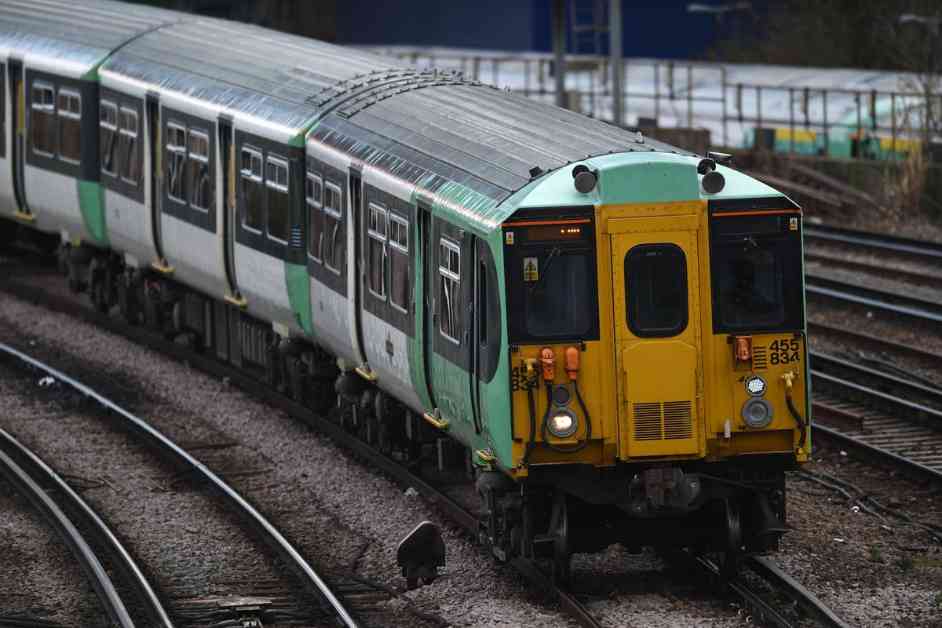Britain’s railways are on the brink of being brought back under public ownership after the House of Lords passed a bill to renationalise the train services. The speedy approval of the Passenger Rail Services (Public Ownership) Bill by the Lords came as a surprise to many in the government, and now it only awaits Royal assent to become law.
This move marks a significant achievement for Sir Keir Starmer’s government, which has been in office since July 5th. The Prime Minister took to Twitter to express his pride in the decision, stating that the creation of Great British Railways is well underway. The transport secretary, Louise Haigh, who has been advocating for socialist reforms in various public services, including the rail and bus networks, has been instrumental in pushing this legislation forward.
Under the new operating body, Greater British Rail, the rail networks will be brought under public ownership as private sector contracts expire. This transition is expected to be completed by the next election, signaling a major shift in the way the railways are managed. Ms. Haigh, who refers to herself as the “passenger-in-chief,” has emphasized the need to prioritize the needs of the people who rely on the rail services.
The passage of this bill represents a significant policy victory for Sir Keir’s government, which has faced criticism over recent tax increases and budgetary decisions. By delivering on their promise to renationalise the railways, the government hopes to demonstrate their commitment to positive change and fulfilling their election manifesto.
Trade unions, including the rail union TSSA, have welcomed this development as a landmark moment that will bring the railways back into public hands where they belong. The union has long criticized the privatization of the railways, citing issues such as delays, cancellations, and high fares as evidence of the system’s failure to serve the public effectively.
Overall, the nationalisation of the railways represents a significant step towards improving the quality and accessibility of public transportation in the UK. By prioritizing the needs of passengers and investing in a publicly-owned rail network, the government aims to create a more efficient and affordable system for all.












